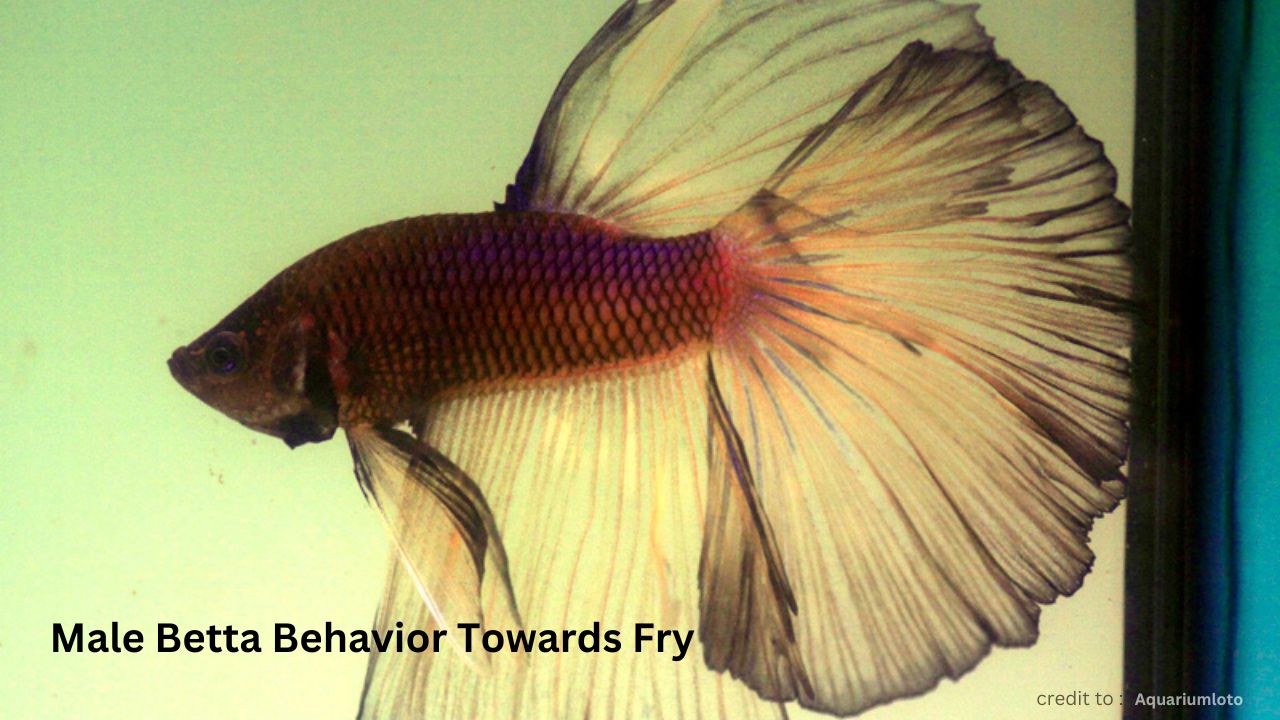Male and Female Halfmoon Betta Fish
Halfmoon betta fish are a beautiful strain of betta fish prized for their large, 180-degree fan-shaped tails. Both male and female halfmoon betta fish exhibit the Halfmoon tail, but there are some key differences between the appearances, behaviors, and care requirements of males versus females.
Appearance Differences Between Males and Females
The most striking difference between male and female halfmoon betta fish is in their tail shape and coloration. Male halfmoons sport much larger, showier tails and vibrant, iridescent body coloration. Females have shorter, rounded tails and more subdued earthy hues of tan, brown, or gray.
Halfmoon Tail Shape in Males vs. Females
The half-moon tail shape is named for the male’s striking 180-degree spread tail when flared. Females may carry the Halfmoon gene, but cannot fully flare their tails the same way as males, so their tails appear shorter and more rounded or spade-shaped. Still, experienced breeders can identify quality female half-moons for their genes.
Color Differences Between the Sexes
Male halfmoon bettas exhibit an incredible array of colors like red, royal blue, turquoise, orange, black, white, and multi-colored patterns. Their bodies have an iridescent sheen. Females are more often shades of brown, gray, silver, green, or tan, with occasional darker colors like black or red possible due to selective breeding.
Size- Male and Female Halfmoon betta fish
Mature male halfmoon betta fish typically reach sizes of 2.5-3 inches, slightly larger than non-halfmoon males. Females max out around 2 inches in length. Males also tend to have longer, more pointed anal and dorsal fins.
Can Female Bettas Change Gender?
Some owners of female betta fish have noticed their ladies suddenly growing longer fins, displaying male behavior like bubble nest building, or showing brighter coloration. This leads to the question: can female bettas turn into males?
Sex Determination in Betta Fish
Betta fish sex is determined genetically rather than environmentally. Like humans, they have specific chromosomes that dictate whether they develop as male or female. So a true sex change from female to male in bettas is not possible.
Reasons a Female Might Appear Male
There are a few reasons why a supposedly female betta could start looking or acting like a male, including:
- Misidentified gender: Pet stores often mislabel young females as males, not yet able to definitively determine their sex. So she may have always been male.
- Late onset of coloration: Younger females can be dull colored, not showing their brightest hues until maturity.
- Ovarian cysts: These non-cancerous fluid-filled cysts on the ovaries can stimulate male hormone production, causing female secondary sex characteristics like longer fins and breeding behaviors. But she is still genetically female.
So while an authentic sex change cannot occur, other factors may explain a female betta “turning” male. Have an experienced breeder evaluate her to be sure.
Keeping Males and Females in the Same Tank
The dazzling fins and coloration of male halfmoon bettas are no doubt tempting additions to a community or breeding tank. But exercise caution when housing males and females together.
Breeding Male and Female Halfmoon
Male and female halfmoon betta fish can make a spectacular breeding pair. Condition the pair separately on high protein live or frozen foods. Introduce them for spawning in a specialized breeding tank under close observation, removing one or both if aggression surfaces. Retrieve fertilized eggs to hatch separately in small containers.
Risks of Housing Males and Females Together
While mating can be achieved with management, ongoing cohabitation carries risks:
- Male betta fish are aggressive and territorial, having been bred for fighting. They may injure or kill females.
- Fin nipping and bullying between fish is likely, especially if tank space is limited.
- Constant breeding attempts and egg-laying are strenuous on females and can lead to health issues.
For these reasons, male and female Halfmoon and other betta fish are best housed separately the majority of the time, only interacting for intentional, supervised breeding. Carefully consider tank space and tank mates when attempting a betta community tank.
Male Betta Behavior Towards Fry

The legendary aggression issues in betta fish, unfortunately, extend to babies. Male betta fish have zero paternal instincts and will cannibalize their own young if given the chance. So special care is required for breeding and raising fry.
Do Male Bettas Kill Female Bettas?
Male betta fish directing their aggression towards females certainly can and have killed female tank mates. Smaller females are especially vulnerable to bullying and attacks. Breeders must watch pairings closely for signs of combat and separate immediately if the male repeatedly pursues and bites the female. With precautions, cohabitation is possible short term, but never risk leaving males and females alone indefinitely.
Will a Male Betta Fish Kill its Babies?
Yes, absolutely. After spawning, male betta fish feel their paternal duties are done and will make a snack of the helpless eggs or tiny fry if they remain in the tank.
Breeders have two options to safely incubate fertilized eggs and raise fry to adulthood away from the male:
- Remove eggs from the breeding tank to hatch separately in small containers.
- Place the male in a specialized breeding tank with a divider. Allow him access to fertilize the eggs, then segregate him so the female can care for the eggs safely on the other side.
With proper planning, dedication, and technique, breeders can spawn stunning male and female halfmoon bettas to perpetuate these dazzling fish. But require caution and separated quarters both during breeding and long-term care.
Video Credit by: Novita Listyani (yt) (Thanks for giving the information)
Conclusion
Male and female halfmoon bettas may share the dazzling halfmoon tail shape, but several key differences set them apart in appearance, behavior, and care needs. Stunning male coloration and fins come with greater aggression and cannot cohabitate with females indefinitely. Yet short-term pairings can produce rewarding spawns. Understanding these gender differences is key to appreciating the uniqueness of both male and female halfmoons within the betta splendens species.
FAQs
Q: What is the lifespan of a Halfmoon betta fish?
A: With excellent care, halfmoon bettas typically live 3-5 years on average.
Q: What tank size do Halfmoons need?
A: Allow 2.5-5 gallons of tank space per halfmoon betta, more for community tanks.
Q: Do Halfmoons get along with other fish?
A: Halfmoon males tend towards higher aggression and may not integrate well with tank mates unless space allows, but females can work in some community tanks.
Q: What do halfmoons eat?
A: Feed a quality pellet betta diet as the staple, supplemented with frozen and live foods for the best color and health.
Q: Can I keep males together in a sorority tank?
A: No, keeping multiple male bettas together will result in extreme combat and death. Only female bettas can attempt carefully planned sorority tanks.

2 thoughts on “Male and Female Halfmoon Betta Fish: A Complete Guide 2024”